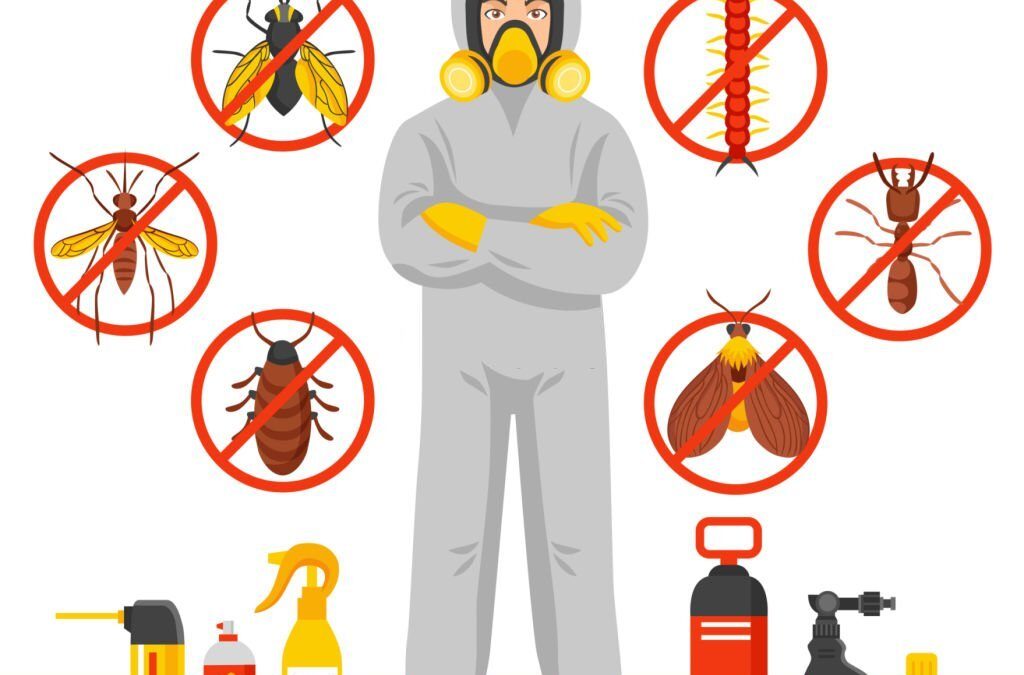Spider Farming: An Unusual yet Intriguing Agricultural Endeavor
When we think of farming, images of crops, livestock, and orchards typically come to mind. However, there's an unconventional agricultural practice that has been gaining attention in recent years—spider farming. In this article, we will explore the world of spider farming, its purposes, challenges, and potential benefits.
1. Spider Farming: What Is It?

Spider Farming
a. Definition: Spider farming involves the controlled cultivation of spiders for various purposes, including silk production, research, and pest control.
b. Diversity: Different spider species are farmed, each serving specific functions in agriculture and science.
2. Silk Production
a. Spider Silk: Spider silk is renowned for its remarkable strength and elasticity, making it a valuable material for various applications.
b. Challenges: Mass-producing spider silk has been challenging due to the territorial nature of spiders and their tendency to cannibalize each other.
3. Medical and Scientific Research
a. Venom Research: Spiders are essential for studying venom and its potential medical applications.
b. Behavioral Studies: Spider farming facilitates behavioral studies, helping scientists understand their unique characteristics.
4. Pest Control

Pest Control
a. Natural Predators: Some spider species are effective natural predators of agricultural pests, reducing the need for chemical pesticides.
b. Biocontrol: Spider farming can be part of integrated pest management strategies to protect crops.
5. Challenges in Spider Farming
a. Cannibalism: Spiders have cannibalistic tendencies, making it difficult to maintain large populations in confined spaces.
b. Habitat Requirements: Meeting the specific habitat needs of various spider species can be demanding.
6. Ethical Considerations
a. Animal Welfare: Ethical concerns surround spider farming, particularly in terms of the well-being of the farmed spiders.
b. Conservation: Some argue that farming certain spider species may have detrimental effects on their wild populations.
7. Potential Benefits
a. Sustainable Materials: Spider silk and venom research can lead to the development of sustainable materials and medical breakthroughs.
b. Reduced Pesticide Use: Spider-based pest control methods contribute to environmentally friendly farming practices.
8. Future Prospects
a. Technological Advancements: Advances in farming techniques and technology may help overcome challenges in spider farming.
b. Bioengineering: Researchers are exploring bioengineering approaches to produce spider silk without the need for spiders themselves.
In conclusion, spider farming is an unconventional but promising agricultural endeavor with diverse applications in silk production, research, and pest control. While it presents unique challenges, the potential benefits, including sustainable materials and reduced pesticide use, make it an area of interest for scientists and innovators. As technology and understanding of spider behavior advance, spider farming may pave the way for eco-friendly and sustainable solutions in agriculture and materials science.